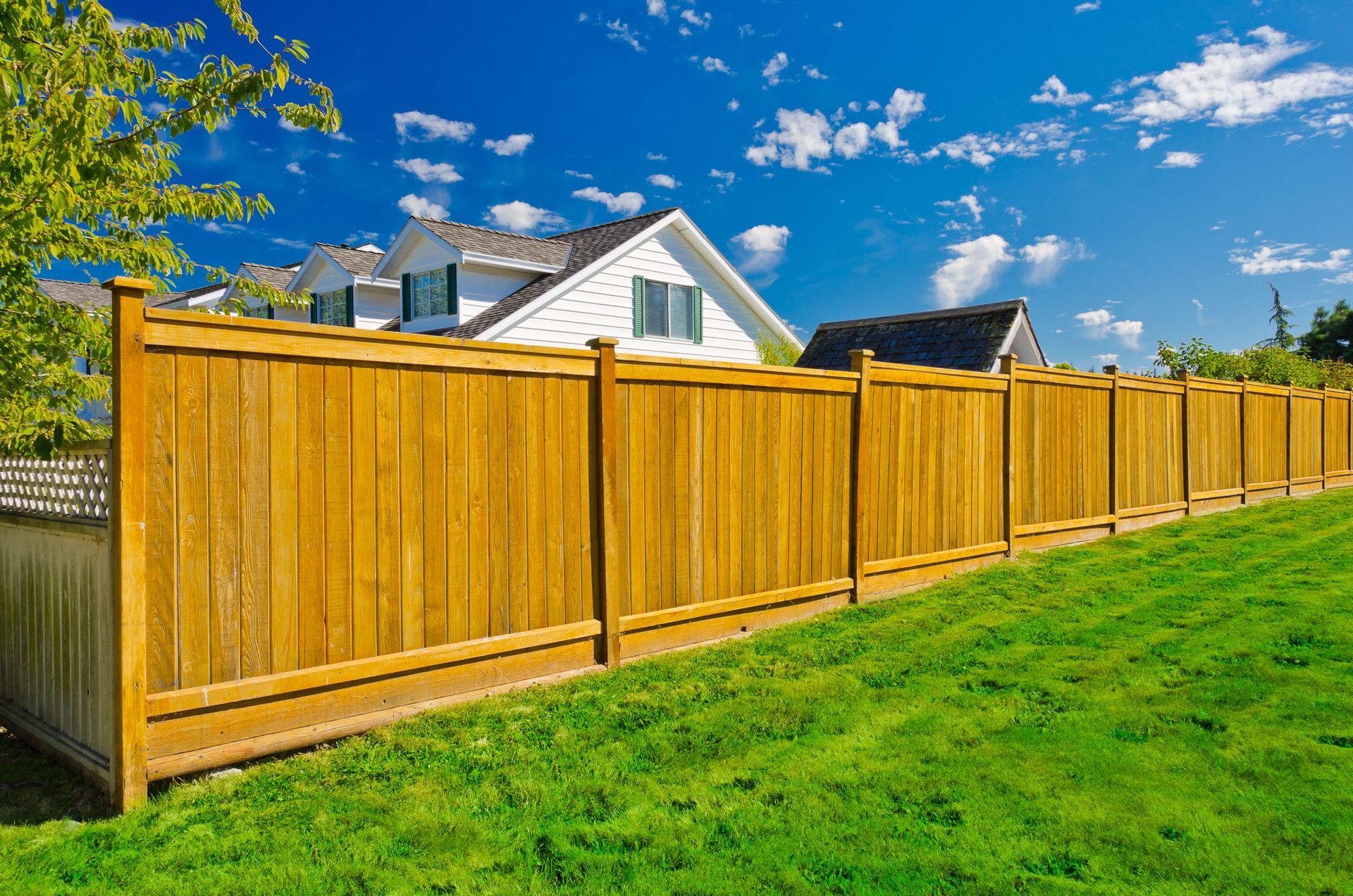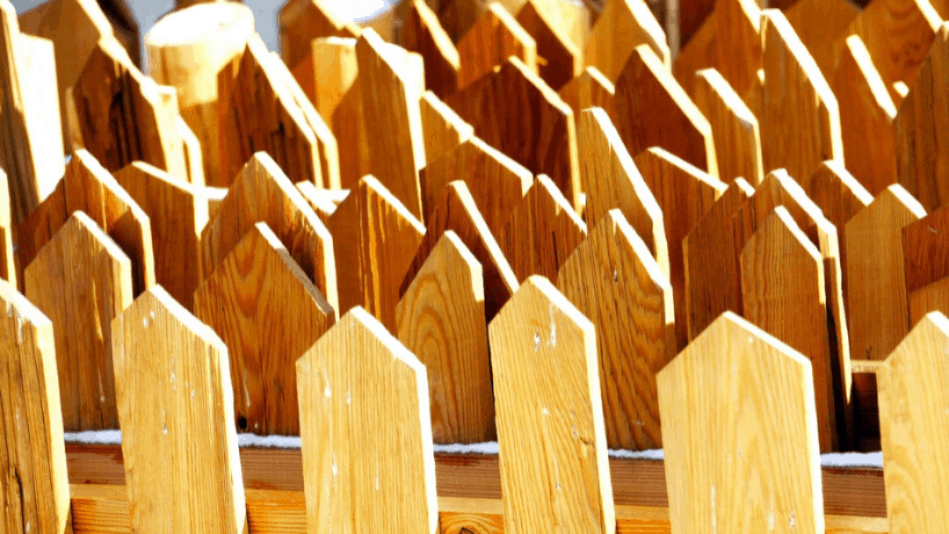All Categories
Featured

Your fence is a vital component of your property, supplying protection, aesthetic, and personal privacy allure. There are numerous techniques you can apply to shield your fence and extend its life.
- Choose the Right Material. The initial step in safeguarding your fence from weather-related damages is to pick the best product for your climate. Some materials are a lot more immune to the components than others.
Wood Fencings: While conventional wood fences offer a natural, appealing appearance, they are specifically at risk to water rot, bug, and damages infestation. Such as cedar or redwood if you choose wood, pick pressure-treated lumber or wood types that are a lot more immune to dampness. Vinyl Fencings: Plastic is a low-maintenance choice that resists fading, cracking, and warping. It's also immune to rot and bugs, making it suitable for areas with high humidity or exposure to rain. Metal Fences: Aluminum and wrought iron fencings are resistant and durable to weathering. Nevertheless, they can corrosion if revealed to moisture for extensive periods. Opt for a galvanized or powder-coated metal fence to minimize the risk of corrosion. Composite Fences: These are made from a blend of timber fibers and plastic, supplying the best of both globes-- toughness and an all-natural look. Composite fences are resistant to moisture, fading, and deteriorating, making them wonderful for climates with frequent rain or snow. 2. Apply Safety Coatings. No matter of the material, using a protective finishing can aid guard your fencing from climate damages.

Wood Fencings: A good-quality stain or sealant can help shield your timber fence from moisture, UV rays, and insects. These coatings create an obstacle that stops water from permeating into the timber and creating rot. You should apply a fresh layer of tarnish or sealer every couple of years, relying on your environment and the degree of exposure to rainfall and sunshine. Plastic Fencings: Although plastic fences are generally immune to weathering, they can still deal with discoloration because of the sun's UV rays. You can utilize specific vinyl cleaners or UV protectants to maintain the shade and appearance of your fence. Metal Fencings: For metal fencings, think about using a rust-resistant primer and a coat of paint developed for outside usage. Powder coating is another superb choice for metal fences, as it produces a sturdy, weather-resistant finish that stands up to rust and rust. 3. Normal Cleaning and Maintenance. Preserving your fence on a regular basis is vital to avoiding damage from the aspects. Dirt, leaves, and various other debris can develop on your fencing, which can trigger discoloration, mold, and mold gradually.
Wooden Fences: Tidy your wood fencing every 6 months with a mild detergent option or a stress washer (on a low setup) to eliminate dust and gunk. Watch out for early indicators of rot, specifically at the base of the fencing messages where moisture has a tendency to collect. Plastic Fencings: Plastic fencings are simple to clean with soap and water. Use a combination of vinegar and water to delicately scrub the affected areas if you discover mold and mildew or mildew. Stay clear of extreme chemicals that can damage the surface. Steel Fences: Regularly clean steel fencings with a soft fabric or sponge to eliminate rust-causing particles. For wrought iron fencings, think about using a rust-inhibiting product to avoid corrosion. 4. Proper Installation and Positioning. Proper installment of your fencing can go a lengthy means in securing it from weather-related damage. Ensure that your fence is firmly secured and that articles are established deep enough into the ground to avoid moving throughout heavy winds or tornados. If your fence undergoes heavy winds, mounting bracing at bottom lines can provide extra assistance.
Additionally, think about the positioning of your fencing. Plant bushes or trees strategically around your fence to give some natural defense from severe winds, intense sunshine, or driving rain if possible. However, be cautious not to plant also close to the fence, as roots can harm or change blog posts in time.
- Address Storm Damages Rapidly. Storms, especially those with high winds or hail storm, can create immediate damages to your fencing. After a tornado, examine your fencing for damaged areas, leaning blog posts, or dropped debris.
- Winterize Your Fence. Cold temperature levels and ice can be particularly damaging to wood fences. When water enters the wood and ices up, it can trigger the material to fracture or divide. To prevent this, make certain that the base of your fencing posts is elevated and not being in pooled water. In areas that experience freezing temperatures, you might wish to install a dampness barrier around the base of the blog posts to minimize the danger of water damages.
Final thought. Weather-related damage is an unavoidable component of possessing a fencing, however with the right safety measures and routine maintenance, you can considerably expand the life of your fencing. Pick resilient products suited for your environment, apply safety finishes, clean regularly, and guarantee proper setup. With these actions, you can safeguard your fence from the elements and maintain its look and performance for years ahead.
Latest Posts
Commemorate Life's Moments at Deauville Inn
Published Apr 20, 25
1 min read
A Bayfront Cooking Journey
Published Apr 20, 25
1 min read
Trusted Mechanic Services at Montclare Auto Repair - Book Today!
Published Apr 20, 25
2 min read